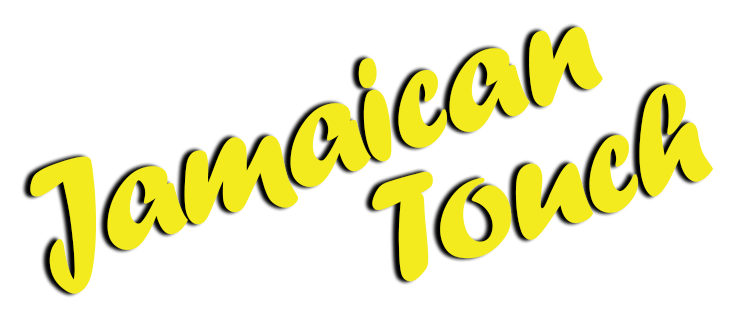General
Teams are made up of 6 players per side on the pitch but squads can be of up to 14 people. Squads can be made up of Male or Female players, or a mixture of both
Matches should be played on a pitch measuring 50m by 70m and consist of two 20 minute halves
Players usually divide into 3 positions – 2 Middless (or Mids) in the centre, two Links – one either side of the Mids and then one Wing on the outside of each Link
The Touchdown
A touchdown is scored by placing the ball on the ground in the scoring zone at the end of the pitch that you are attacking – you can dive to score
A touchdown is worth 1 point in same sex matches. Sometimes in mixed matches Female tries will be worth 2 points, but this depends on the local organisers
The Rollball and Other Restarts
There are two types of restarts during the Match:
The Rollball
Must be performed once a player in possession is touched by the opposition or after a turnover
The rollball is performed by placing the ball on the mark, and either rolling the ball backwards, or stepping forward over it
The ball must be planted under control, can not go forwards and must not roll more than 1 metre
The player performing the roll must stand square, parallel to the scoreline
The ball is picked up by another player on the attacking team (who then becomes the Half)
Above a beginner level, players usually never actually roll the ball along the ground
The Tap
Play is started by a tap at the beginning of each half, following a touchdown and when a penalty is awarded
- The tap is performed by an attacking player placing the ball on the ground, touching the ball with their foot, then picking it up and playing. NB: The ball must be released from the hands and come into contact with the ground or a change of possession occurs
- The defensive team must stay at a minimum distance of 10 metres from the mark during the tap, unless they are positioned on their own scoreline
- The defensive players can move after the ball carrier has touched the ball with his foot
- The player who has performed the tap may be touched without losing possession
- The attacking side must be positioned behind the ball when it is tapped
- The attacking side may move the ball up to 10 metres directly behind the given mark when taking a penalty tap. In this case, the defending side must still remain 10-metres from the original mark, not the new mark
The Touch
The touch is the main defensive tactic in the game of Touch, similar to a tackle in some other codes of football
It forces the attacking team to stop and restart play (see rollball)
A touch is performed by the defensive team on any part of the body or clothing of the current ball carrier for the attacking team, or the ball itself
At the moment of a touch, it is customary (but not mandatory) for the defensive player who is performing the touch to shout “Touch”, which alerts both the attacking and defensive teams and the referees that the player has been touched
Calling a Phantom touch (claiming to have made a touch when no contact has been made) is heavily frowned upon by all in what is very much an ethical sport. If the referee believes you are guilty of doing this then a penalty, forced sub or sin bin will result
Unnecessary or excessive force must not be used by a defender
The attacker does not have to wait for the defender to touch them, they can initiate contact themselves and the same rules apply
When defending close to your own scoreline (within 5 metres) defenders must not withdraw from a touch in an attempt to trick the attacker
The 'Half'
The Half (or Acting-Half or Dummy-Half) is a special, temporary position that is defined as the player who receives the ball following the rollball (there is not a Half after a penalty or other Tap restarts). Once they pass the ball they are no longer the Half
The Half is subject to a number of restrictions that do not apply to other players:
- If the Half is touched with the ball, the attacking team loses possession
- The Half cannot score a touchdown. Attempting to do so results in a change of possession
- If the Half takes too long to retrieve the ball the referee can call play on and defenders are allowed to move forward before the Half has touched the ball
Defending
From the tap for the start of game, or from a penalty, the defending team must be at least 10 metres from point of the tap
After making a touch, the defending team must retreat the distance the referee marks, at least five metres from the mark where the touch occurred and stay there until the Half touches the ball
If a player does not retreat the entire distance the referee marked, they are considered offside. If a player makes an attempt to defend whilst still inside this distance, they will be penalised
Whilst retreating the 5 metres defenders can go back at angle, or straight back, but they must not change direction until they are onside. Deviations will result in a penalty
When defending within 5 meters from the scoreline, all defending players must continue to move forward (without stopping) unless a touch is made or considered to be imminent
Penalties
A penalty is awarded to the non-offending team if:
- the ball is passed forward
- a “touch and pass” is committed (a pass after being touched). This is often called a “late pass”
- a player does not perform the rollball at the mark (overstepping)
- an obstruction is committed
- a player is offside
- a defending player does not retreat in a straight line to an onside position
- a player acts contrary to the rules or spirit of the sport (e.g. time-wasting, using excessive force to make a touch, phantom touch (calling a touch when they clearly didn’t make one), disputing decisions, etc.)
- the ball is dropped by the team with the ball therefore a hand over is granted to the opposing team
Substitutions
Substitutions can be made any number of times throughout the match. However, the game remains continuous and does not stop to allow substitutions
Players coming onto the field must wait until the player they are substituting with has come off the field. Failing to do so may result in a penalty for an incorrect substitution
Players in a team who are not on the field must remain inside their allocated substitution box until they come onto the field
Players can only enter the field in an outside position

